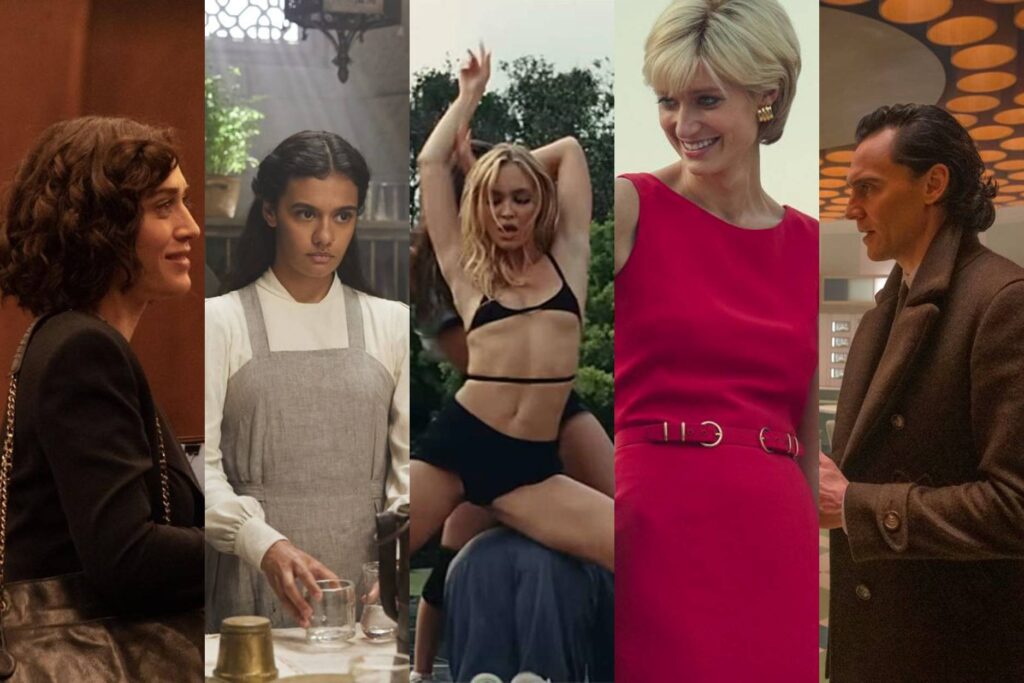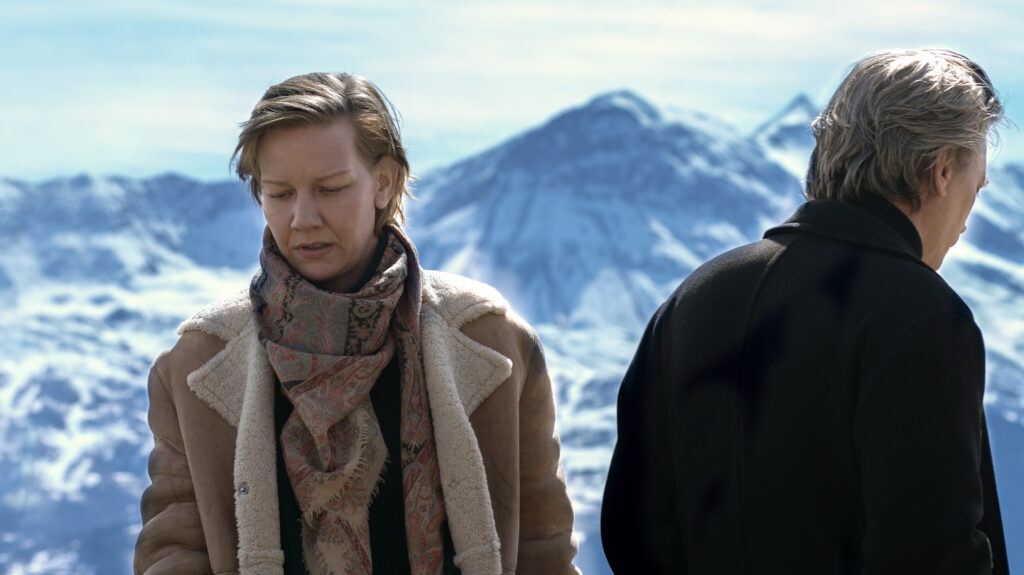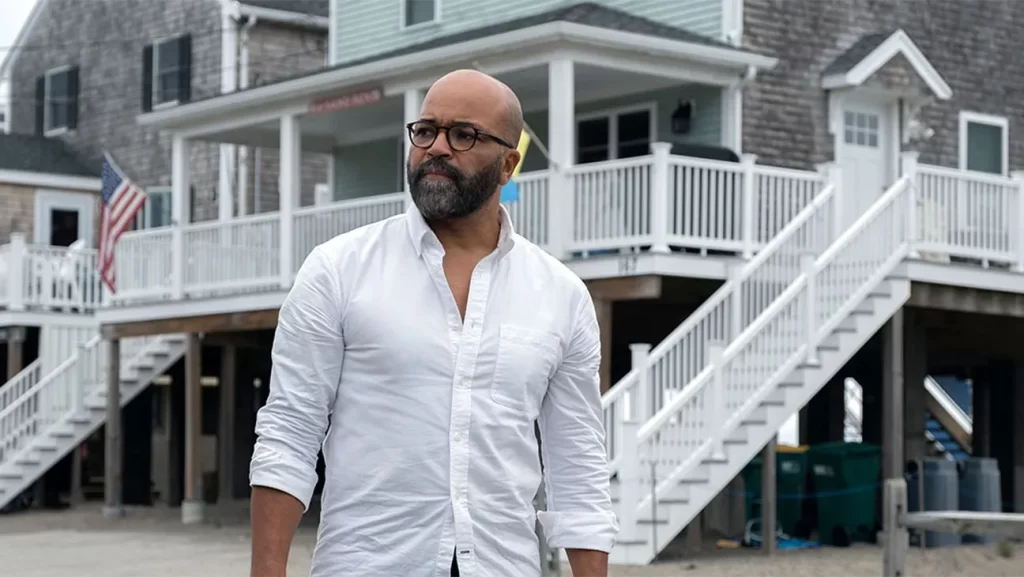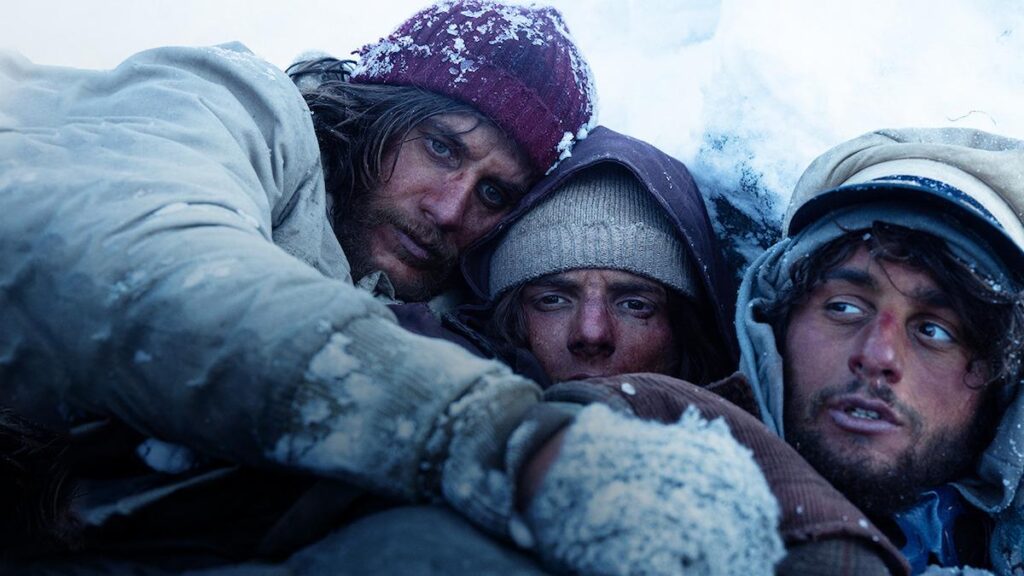Ranking Every TV Show of 2023, Part I: #s 94-81

Is TV getting worse, or am I just getting grouchier? This is my tenth straight year conducting this exercise, which has typically functioned as an opportunity for me to flaunt my indecent enthusiasm for television. Movies and TV aren’t a zero-sum game—it’s possible to admire both forms of storytelling without denigrating one in favor of the other—and while I spend the vast majority of my time writing about cinema, this is the one week where I can pay proper homage to the small screen.
So why, in assessing the TV of 2023, am I gripped by a powerful sense of malaise? It hasn’t been for lack of viewing options. True, from a certain self-loathing perspective, the amount of television I consumed this past year was substandard: a mere 94 shows—my lowest figure since 2018 and down dramatically from my pandemic peak of 124 in 2020. That said, watching every episode of nearly 100 different TV shows in a single year probably seems outrageous to your average, healthy, not-completely-obsessed-with-art individual. What’s relatively meager for me is surely obscene for most. Read More




